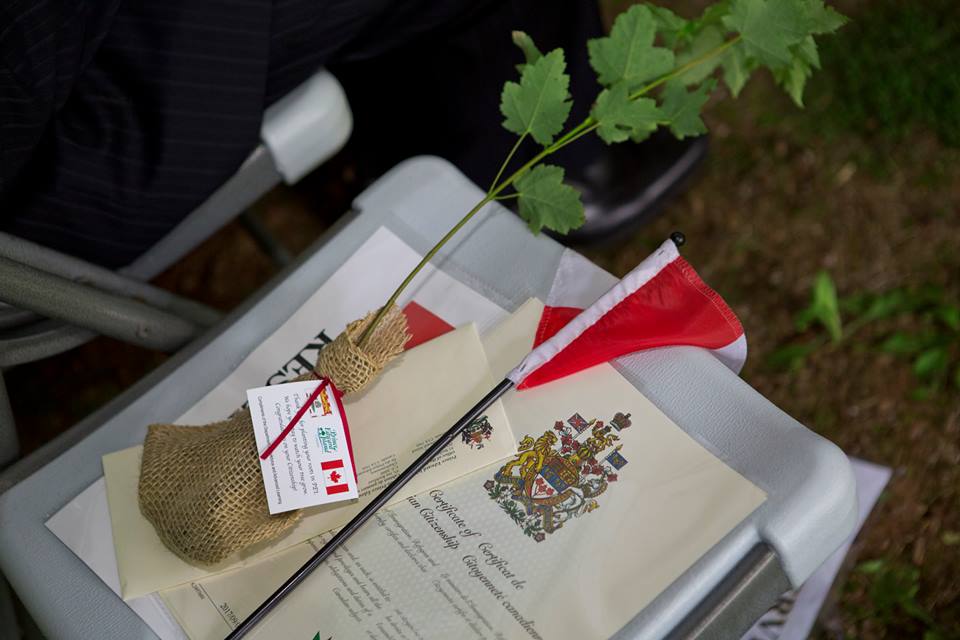
OTTAWA — Applications for temporary resident visas issued to visitors, students and temporary workers in Canada have more than quadrupled since 2015, stretching the Immigration Department’s ability to process them, according to a federal report.
The Immigration Department’s annual plan shows that in the fiscal year that ended March 2018, officials issued more than 5.7 million temporary visas and electronic travel authorizations, an increase from the 1.3 million issued two years earlier.
Federal officials say the surge is due in part to an increase in international tourism in Canada — something the federal government has been trying hard to achieve.
“The promotion of tourism to Canada and strengthening people-to-people ties has been a part of Minister (Ahmed) Hussen’s message when travelling abroad,” said Hursh Jaswal, a spokesman for the immigration minister.
“As a government we have promoted tourism across the globe through various ministries … At IRCC (Immigration, Refugees and Citizenship Canada) we have also focused on tourism through our ‘apply early’ campaign and promoting how to apply as a visitor through our social media channels.”
Numbers provided by the department show more than 1.3 million visitor visas were issued in 2018 — a 45-per-cent increase over 2015, for one category of entry permit.
This figure does not include the number of electronic travel authorizations, known as eTAs, issued to tourists during that same period, under a streamlined process for low-risk temporary visitors from certain countries, including the United States. As of Sept. 30, 2018, more than 9.9 million eTAs had been issued since 2015.
The spike in demand for temporary visas has created logistical challenges for the department in processing applications. To help with this, 17 new overseas visa-application centres have been opened and there are plans for further expansions this year.
Updated technology is also allowing visa offices to move applications around digitally to be processed at visa offices that aren’t as busy.
But the rise in demand is also setting off alarms with advocates for temporary workers and international students.
The Migrant Workers Alliance for Change says the numbers highlight Canada’s increasing reliance on migrant workers who don’t have the same rights and protections as other immigrants.
Syed Hussan, co-ordinator with the alliance, says migrant workers and students should be given permanent status upon arrival in Canada.
“We have a multi-tiered immigration system where people are coming into the country with non-permanent-resident status on arrival, and that lack of permanent-resident status is tied to limited access to rights and services,” he said.
Migrant farm workers, for example, are not allowed to unionize, do not make minimum wage and are not paid overtime. There have also been a number of documented cases across the country of these workers facing labour exploitation, human-rights abuses and squalid housing situations.
International students also face barriers in Canada, Hussan said.
His group is presenting a petition with over 50,000 signatures to Hussen’s constituency office on Friday highlighting the case of one international student facing deportation because he exceeded the maximum number of hours he was allowed to work in a week.
Jobandeep Sandhu, an international student from India, was arrested and handed over to immigration enforcement after Ontario police discovered he had been working as a commercial truck driver longer than the 20-hour weekly maximum permitted for international students studying in a public post-secondary institution.
“What is happening to me is happening to a lot of people. International students don’t get the same labour rights that everyone else gets. There is a broader structural issue in our laws that limit these rights to only a few.” Sandhu wrote on his petition page.
Hussan, the migrant-workers’ advocate, says this case is just one example of many in which temporary workers and students are not afforded the same basic rights available to all other newcomers to Canada.
“They need to have the same rights as every other immigrant in the country and that is status on arrival. Otherwise we will have these stories of exploitation and abuse, and I can tell you so many.”